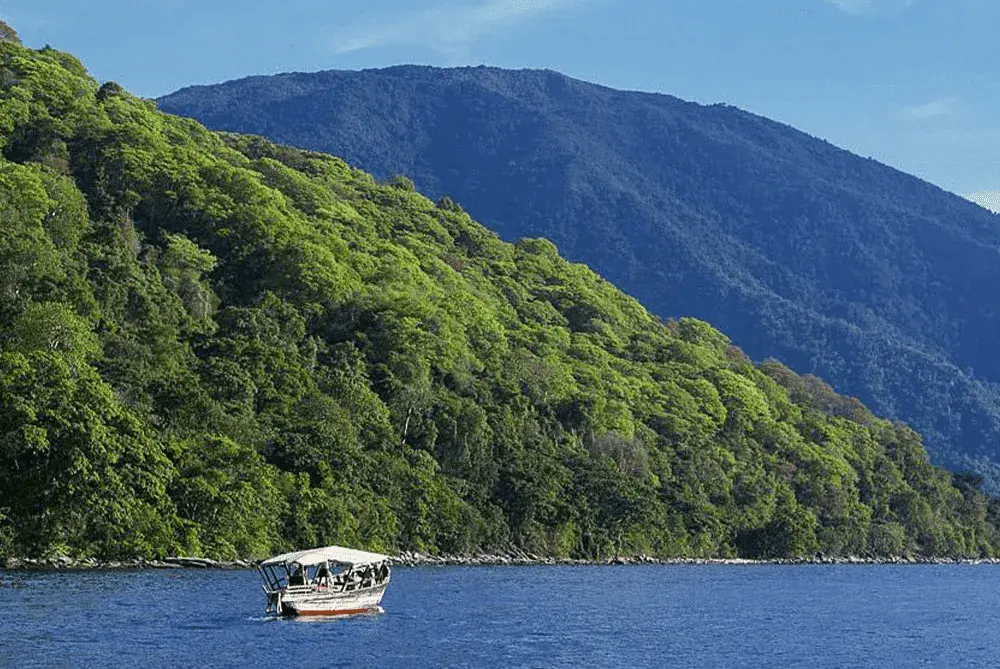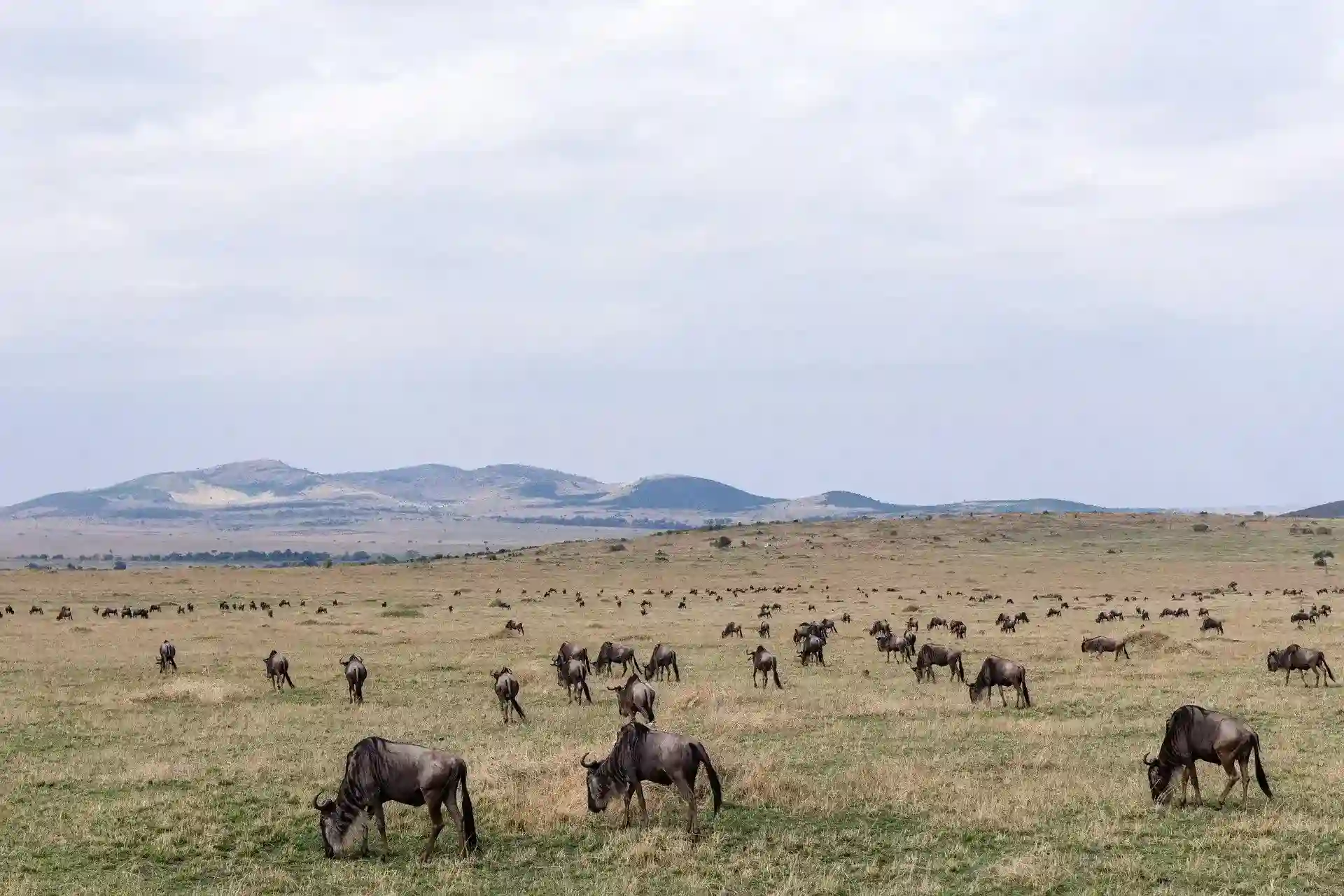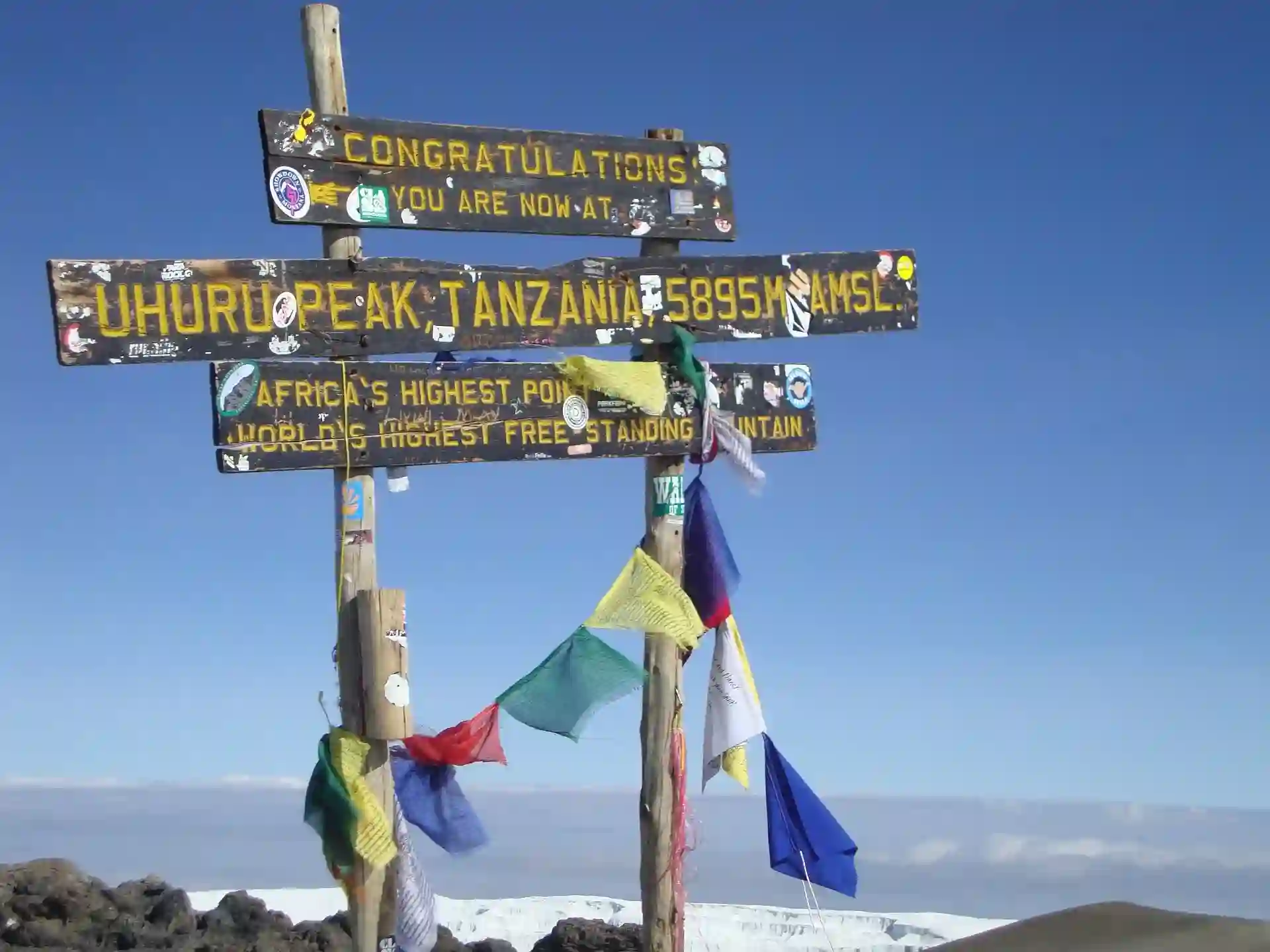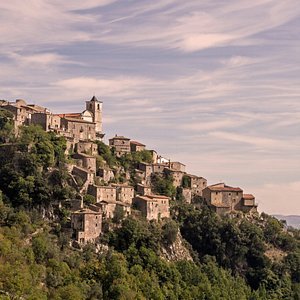
Mahale Mountains National Park
It’s difficult to imagine a more idyllic combination: clear, blue waters and white-sand beaches backed by lushly forested mountains soaring straight out of Lake Tanganyika, as well as some of the continent’s most intriguing wildlife. And, because of the unrivalled remoteness, visitor numbers to Mahale Mountains National Park are very low (though steadily rising). There’s a chance you might have the entire 1613-sq-km park all to yourself. The rainforest blanketing Mahale’s western half is, in essence, a small strip of the Congo. It’s most notable as a chimpanzee sanctuary, and there are around 900 of our primate relatives split into 14 groups residing in and around the park, along with leopards, blue duikers, red-tailed monkeys, red colobus (a favorite snack of chimps), giant pangolin and many Rift Valley bird species not found elsewhere in Tanzania. There are also hippos, crocs and otters in the lake and lions, elephants, buffaloes and giraffes roaming the savannah of the near-impossible-to-reach eastern side of the mountains.
There are no roads in Mahale; walking and boating along the shoreline are the only ways to get around.
Activities
Mahale has excellent snorkeling and swimming off its powder-white beaches, but unfortunately humans aren’t the only ones to enjoy such beachside beauty – a large crocodile population here means that swimming and snorkeling are now banned.
Chimpanzee Tracking
The main reason most people make the considerable effort to visit Mahale is to see chimps. Kyoto University researchers have been studying chimps here since 1965 and their ‘M’ group is well habituated to people. Mahale’s size and terrain mean chimp tracking can take time, and it requires steep, strenuous walking, but almost everyone who visits has a successful sighting. Mahale is widely regarded as one of the best places in the world to see wild chimpanzees.Only one group of up to six people is allowed with the chimps at any one time. This means that you might have to wait several hundred meters back from the chimps before you get a turn. Each group is allowed only one hour a day with the chimps and this is strictly enforced (with calls of ‘10 minutes remaining’, ‘five minutes remaining’). If one hour is not enough (and most people find it is) then it’s possible to pay an extra Face masks (provided) must be worn at all times when in the presence of the chimps. Children under the age of 12, and anyone suffering from a cold, flu or other illness are not allowed to visit the chimps. A few years ago the park lost five chimps after they caught the flu from a park visitor. During June and July the chimps come down to feed around the lodges almost daily.














